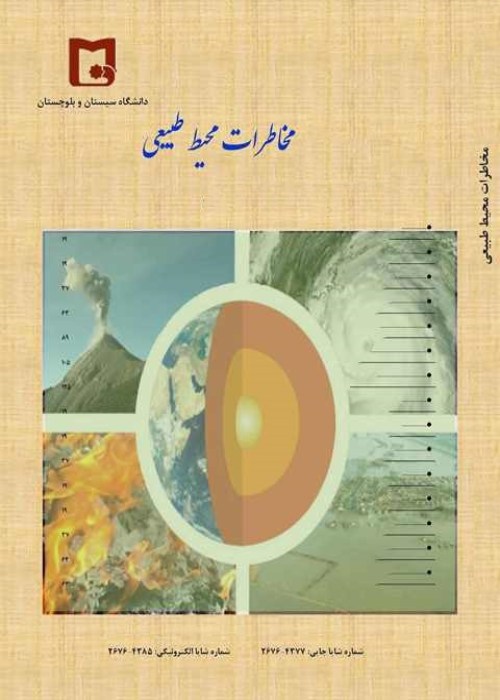Projection of future Precipitation changes in Tehran's water supply watersheds
Author(s):
Article Type:
Research/Original Article (دارای رتبه معتبر)
Abstract:
This study identifies the impact of climate change on precipitation in watersheds of Tehran water supply in the horizon 2025-2050 under the scenarios of CMIP6. Therefore, first, the changes in precipitation trends in the base period were calculated using the precipitation data of the study area's 33 synoptic and rain gauge stations for the period 1989-2019. Then changes soon based on four models, CanESM5, CNRM-CM6-1, MIROC6, and MRI-ESM2-0, and under two scenarios, SSP2-4.5 and SSP5-8.5 were projected. Due to the large scale of atmospheric general circulation models, two methods of linear scaling (LS) and distribution mapping (DM) were used for downscaling selected GCMs. Finally, the DM method was chosen to produce climatic scenarios due to its higher accuracy after calculating the validation indices of the models. The trend tests showed that in a significant part of the study basin, an increasing trend (with confidence levels of 0.95 and 0.99) in autumn and a decreasing trend in winter are observed during the observation period. In spring, the eastern and northeastern regions show a decreasing trend, and the northern and northwestern regions show an increasing precipitation trend. According to the output of GCM models, spring precipitation under the SSP2-4.5 scenario increases in all stations and decreases in 17 stations according to SSP5-8.5. Changes in summer precipitation are not significant in the present and future conditions, and winter and autumn are somewhat consistent with the changes in the observation period. Thus, in winter, precipitation, according to both scenarios, is less than in the current situation and is more in autumn under the SSP5-8.5 scenario. The effect of climate change on the amount of water in the watersheds also showed that the maximum water volume in the current conditions is related to the Karaj watershed. Between 2025 and 2050, the water content of this watershed increases by 8.9% in the CNRM-CM6-1 model according to the SSP2-4.5 But in MIROC6, MRI-ESM2-0, and CanESM5 models, it decreases by 5.3, 6.3, and 59.6 percent, respectively.
Keywords:
Language:
Persian
Published:
Journal of Natural environment hazards, Volume:12 Issue: 36, 2023
Pages:
151 to 180
magiran.com/p2570321
دانلود و مطالعه متن این مقاله با یکی از روشهای زیر امکان پذیر است:
اشتراک شخصی
با عضویت و پرداخت آنلاین حق اشتراک یکساله به مبلغ 1,390,000ريال میتوانید 70 عنوان مطلب دانلود کنید!
اشتراک سازمانی
به کتابخانه دانشگاه یا محل کار خود پیشنهاد کنید تا اشتراک سازمانی این پایگاه را برای دسترسی نامحدود همه کاربران به متن مطالب تهیه نمایند!
توجه!
- حق عضویت دریافتی صرف حمایت از نشریات عضو و نگهداری، تکمیل و توسعه مگیران میشود.
- پرداخت حق اشتراک و دانلود مقالات اجازه بازنشر آن در سایر رسانههای چاپی و دیجیتال را به کاربر نمیدهد.
In order to view content subscription is required
Personal subscription
Subscribe magiran.com for 70 € euros via PayPal and download 70 articles during a year.
Organization subscription
Please contact us to subscribe your university or library for unlimited access!



